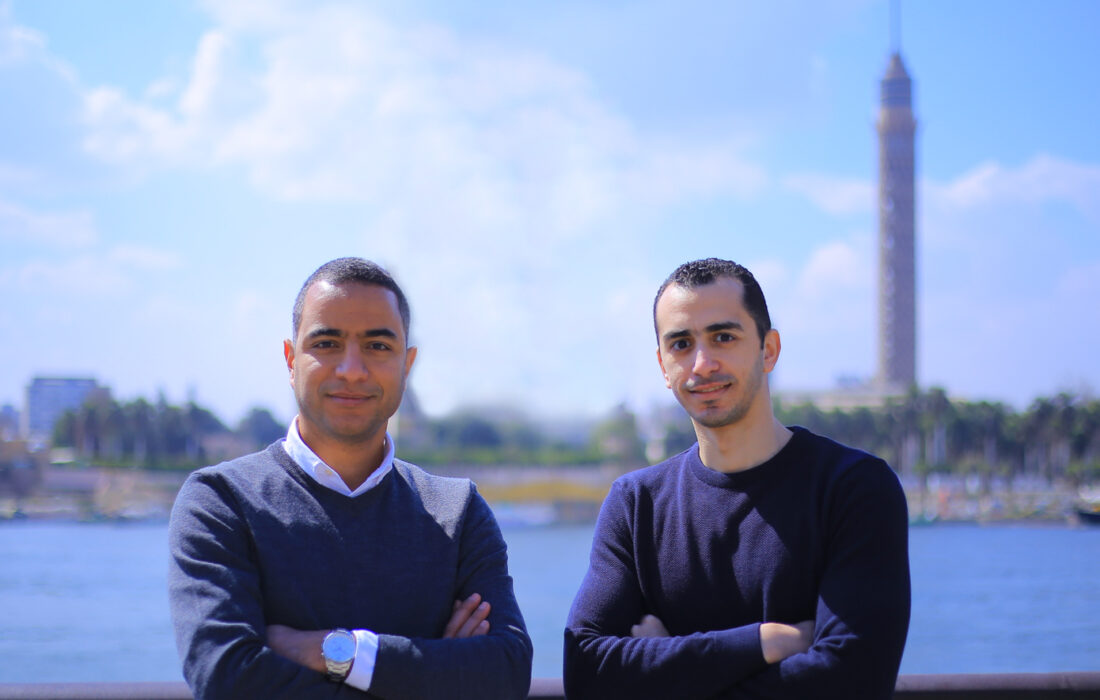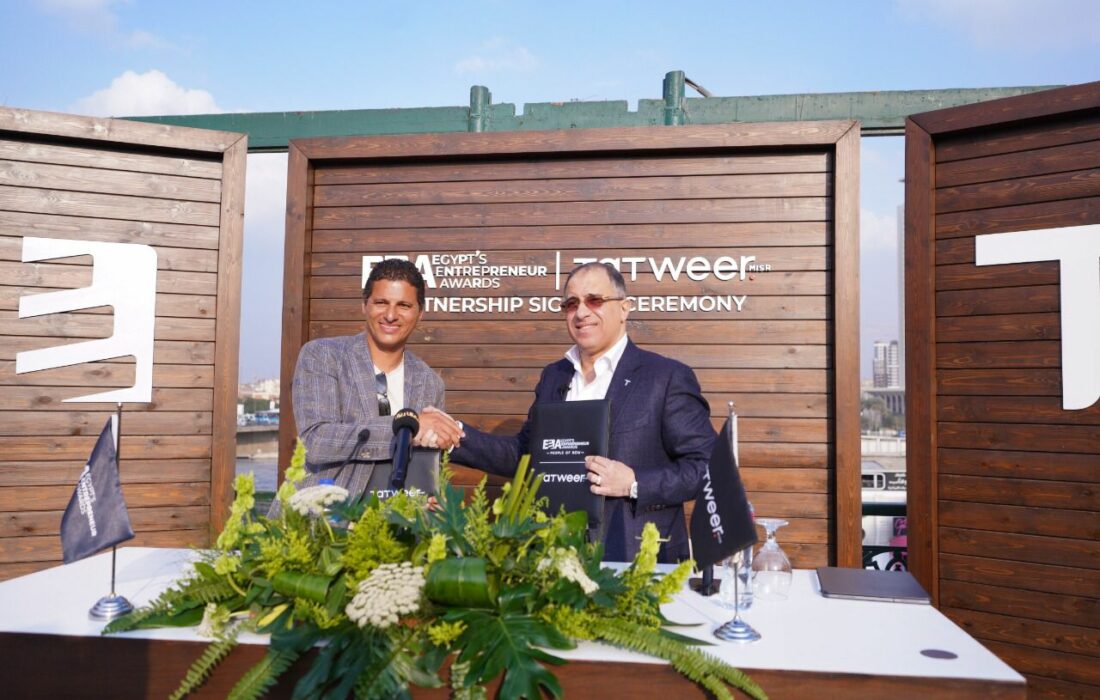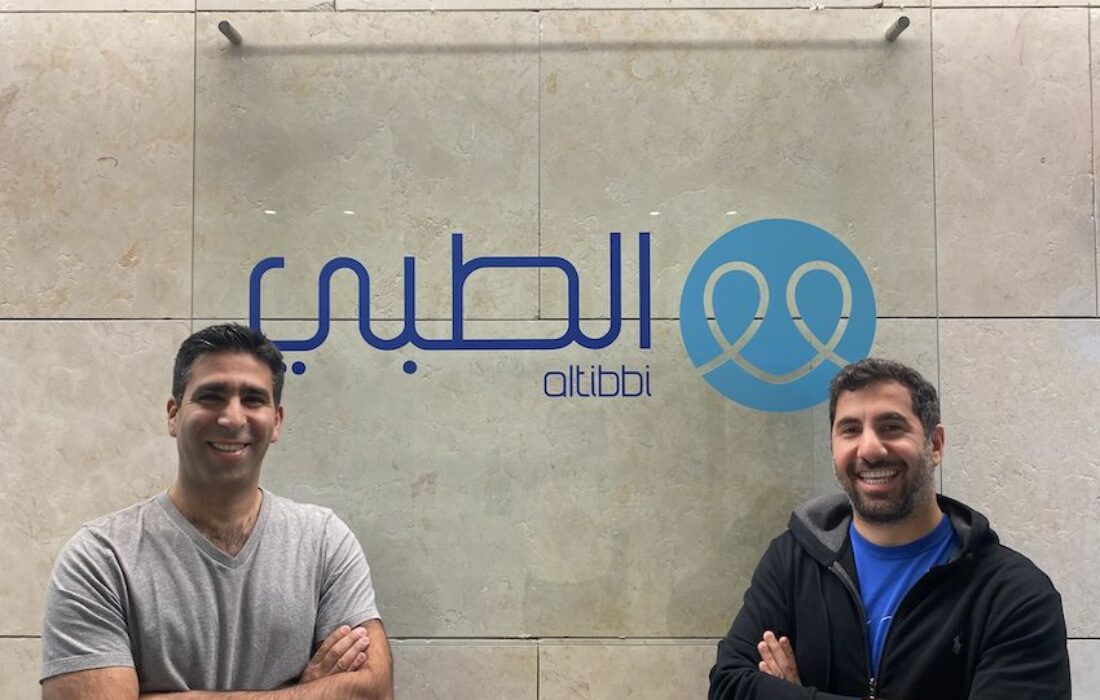When you want to know the trends that are shaping or impacting a particular aspect of your business you should not ask just one person no matter how well informed. What you need is the considered view of those at the forefront of developments, a range of views from well informed people who can see the change as it is happening and as it is coming.
In the field of HR that’s what we sought out, so we consulted five of today’s top practitioners in their field and now I’m able to share it with you. In our new post-pandemic landscape, we need to understand how to motivate people to re-engage and take account of the changes in attitude the two-year pandemic has wrought.
We identified that going the extra mile with bundles of upgraded and tailored employee benefits is the star trend of 2022 because it allows employers to be flexible and gives us an understanding of our most valuable asset – our workforce. A one-size-fits-all approach of standard benefits is just not going to cut it in Egypt’s new post-pandemic recruitment market.
Mostafa Ashour, CEO of NowPay
To go further, first you need to accept that there are differences between people. As a result, you need to understand the deep needs of each group of employees and then tailor the right benefit for each. This means differentiating between upgrading the main fixed framework of rewards and tailoring inside it, so it works appropriately for different departments or sections.
There are common needs across all positions and departments but also many complexities. Also, look for generational differences in how employees approach this. Some will be looking for flexibility, the ability to travel, work freely and gain the value out of their life-work balance – notice how the emphasis is now on life. They see work as being the means to sponsor their own lives and therefore elevate outcomes in measuring their performance, not the time taken to get something done.
Also, employers should look for different attitudes toward HR benefits between men and women as they often have different motivations coming from their responsibilities and ambitions. Flexibility for mothers, wives, or girls to have the time to care for their families, young or old, can increase productivity. Flexibility will mean different things to different people and is about so much more than just working hours. It includes treating people individually; having a range of benefits that employees can choose between means bespoke packages will evolve.
To not follow the trend of flexibility risks a negative impact on retention, whereas introducing or expanding flexibility strengthens retention and loyalty – the latter being a valuable commodity in such a competitive age.
Possibly the biggest change has been the very fast evolution of working from home and how some have seen it as strengthening their commitment to their employer – but care must be taken as it is not for everyone or for every position or group. Some teams need interaction while some employees find the flexibility it gives them a huge bonus.
Rebuilding earnings as a result of pandemic wage cuts and the general financial dislocation is another priority for many employees – balanced against how settled they feel about remote methods of working.
These new ways of working require new ways of managing that work and so executives must adapt too and that will impact their own packages as well. To resolve this state of flux and establish a successful equilibrium requires a keen focus from HR professionals – but ultimately it should be rewarding for the time invested in it.
Again, it comes back to flexibility, it is the most important approach for HR in 2022.
If you see something out of place or would like to contribute to this story, check out our Ethics and Policy section.










